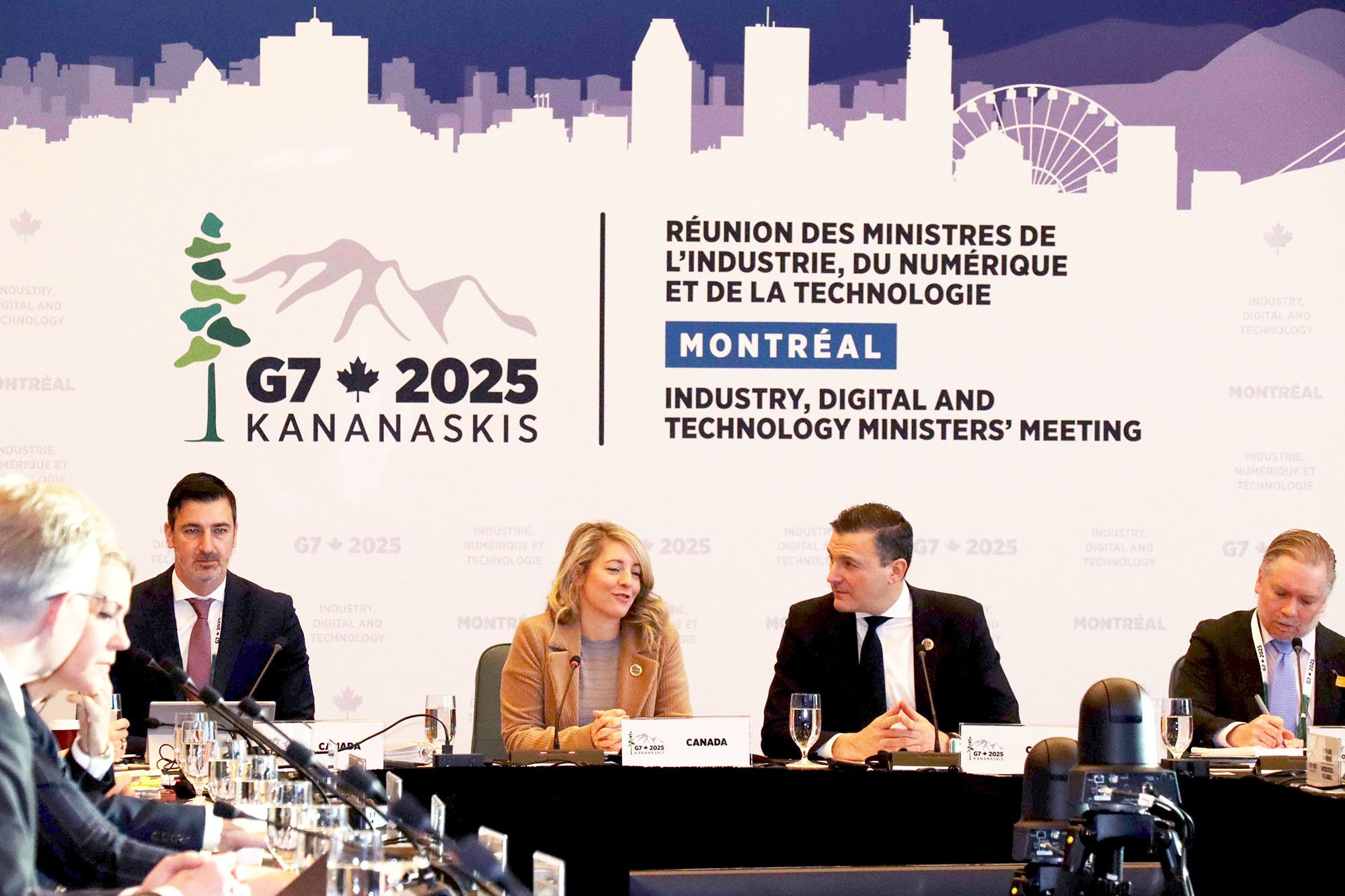No deal. Now what?
U.S. President Donald Trump and Prime Minister Mark Carney pictured at the G7 Summit earlier this summer. / GOVERNMENT OF CANADA PHOTO
The Aug. 1 deadline came and went without a deal. As a result, the ‘fentanyl tariffs’ on Canadian exports to the U.S. are set to rise from 25% to 35%. This is in addition to sector-specific tariffs (referred to as ‘section 232’ tariffs), which include 50% on steel and aluminum, 50% on some copper products and 25% on the non-American content of finished vehicles.
From one perspective, the absence of a deal can be interpreted negatively. The chill on business investment, which is already chronically weak in Canada, will persist until the tariff war reaches some sort of binding resolution.
On the other hand, the absence of an agreement could be a sign that the Canadian negotiating team is bargaining hard. And with the USMCA backstopping the fentanyl tariffs, the effective tariff rate on Canadian exports will be far less than the 35% base rate.
RBC ran the numbers and found that more than 90% of Canadian merchandise exports to the U.S. are USMCA-compliant and therefore enter duty-free. For all the big, scary numbers, our best estimate is that the effective tariff rate on Canadian exports is about 5% but lower in practice. This reflects the skill and savvy of the Canadian negotiating team, in part, who secured the USMCA backstop, but it also points to the fact that American prosperity, especially in the purple states, is dependent on trade with Canada.
Take the auto industry. President Trump secured the White House, in part, because of support from blue-collar workers in the old rust-belt states who historically supported the Democrats but flipped Republican in 2024. The North American auto industry is built on a north-south axis, with supply chains connecting key producing states like Michigan, Indiana and Ohio with Canadian provinces.
Stronger position
There’s scant evidence that the tariff war, including the 232 tariffs on auto, are bringing auto jobs back to American factories. Recent data from the Bureau of Labor Statistics shows that manufacturing employment in general, and motor vehicle and parts manufacturing in particular, is down since Trump came into office. This inter-dependence puts Canada in a stronger negotiating position than we might be led to believe, given Canada’s dependence on trade with our American neighbours.
We will be watching things unfold in the coming weeks and expect that a deal of some sort will be reached. In the meantime, Trump’s negotiating teams struck a flurry of deals with key trading partners over the past 10 days, including the EU, Japan, and South Korea. Amidst the chaos and uncertainty, a pattern is beginning to emerge.
In exchange for preferential tariff rates, America’s trading partners are pledging large investments and purchases in the American market and are providing enhanced market access for American exporters, with select sectoral exemptions and carveouts. The ‘deals’ struck so far, which appear to be frameworks for negotiations, are distributed across three broad categories:
Close Allies: With the US-UK Economic and Prosperity Deal, the UK secured the most favourable terms to date, with a baseline tariff of 10%. Exemptions and carveouts mean the effective tariff rate could be lower than 10%. The deal focuses on agriculture, auto, aerospace, pharmaceuticals, with steel and aluminum facing higher rates.
The Trading Core: The EU, Japan and South Korea, which are among America’s largest trading partners, have secured a baseline tariff of 15%, which puts them on an even-footing with one another. Again, exemptions and carveouts mean the effective tariff rate could be lower.
Everyone Else: Countries that do not secure preferential rates will be subject to an elevated baseline tariff or ad hoc tariff rate (e.g. 50% tariff on Brazil).
Deal or no deal, Canada faces significant headwinds. A multi-year productivity recession combined with tightened immigration, trade frictions, and elevated macro uncertainty mean there are difficult choices ahead for Canada’s political and business leaders.
Jordan Brennan is head of RBC Thought Leadership, which originally published this op-ed. Read more at https://www.rbc.com/en/thought-leadership/.






